We took honey from the bees last week. This was very late to be taking honey. For many reasons, we did not take it in late July/early August as most beekeepers do. It was me. My fault. I was too tired….too busy. I thought a lot about the bees as I whirred about doing everything else, but I knew they had plenty to forage for and that while the amount of honey might suffer because I wasn’t supplementing their diet with sugar water, they would most likely be fine. They were. Whew! There wasn’t much honey to take, though, as those bees had been multiplying and swarming. (Keep in mind…we only take excess honey. We make sure we leave plenty for them, and they are now being fed again.) Gerald, my brother in law and honey partner, has been a far better beekeeper than me and he got two supers from his hives whereas I only had one. These supers were dripping with honey.
This frame was from Gerald’s hive but I had honey as dark as this also. Those girls have been in the blackberries again.
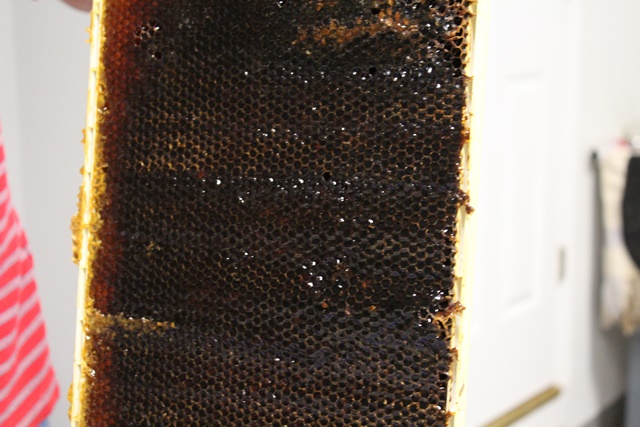
Actually, that may not be blackberries at all. After we took the honey, I started reading about honey from Virginia that is very dark. It is usually either wildflower honey (which says exactly what it means) or Raw Bamboo Honey from the Japanese Knotwood plant which is an invasive weed in Virginia! Ours is possibly a combniation. No one knows but the honeybees and they are not talking! Here’s what the Japanese Knotwood plant looks like, and I believe I’ve seen it, although we have so many weeds in the country that…well who knows!
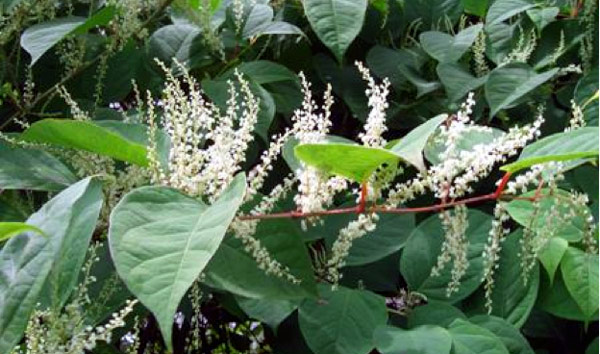
Our honey is most likely a combination of wild flowers and this weed!
However, another frame looked like this which definitely is clover honey. This came from my hive. When I lived in the ‘burbs, we had treated lawns with real grass. Now I have a sort of snobbery for that. It’s so silly. (I’m sorry ‘burb friends, but it’s true.) Our yards in the country are a mix of clover and probably…well..more weeds. Our weedy lawns are green like grass and that works fine for me and for my bees.
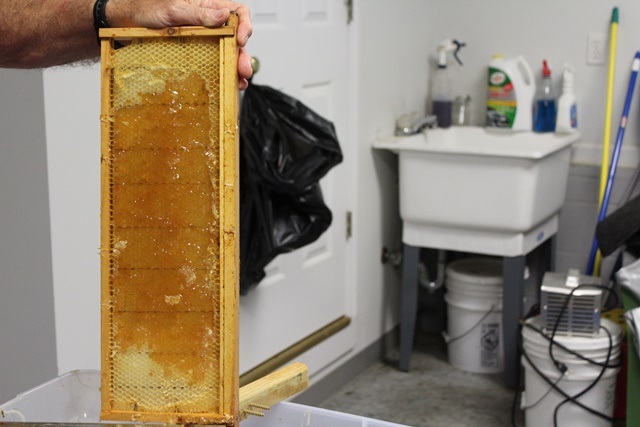
After we put the frames in the extractor and sling them around for a few minutes, that wonderful honey looks like this. It’s going into the first strainer in this picture.
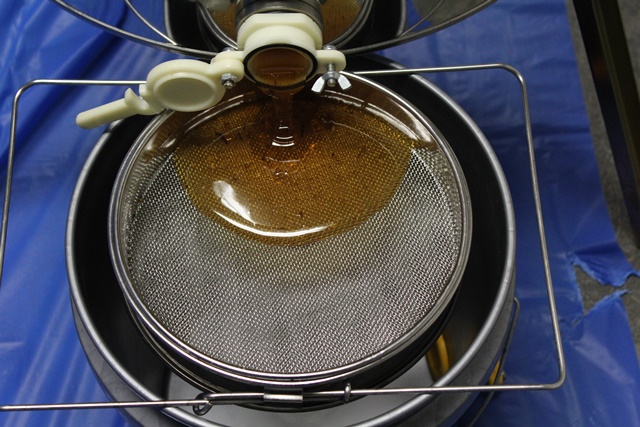
Gerald has an electric “hot” knife made just for uncapping the honey. He runs it across the frame and uncaps it. We capture the wax and the honey in a plastic bin which we will drain to get additional honey. I think the caps look like snake skin (below). Whil we are working, I grab this “snakeskin” and chew on it. It’s just beeswax and honey. It’s fun to chew on it while we’re working.
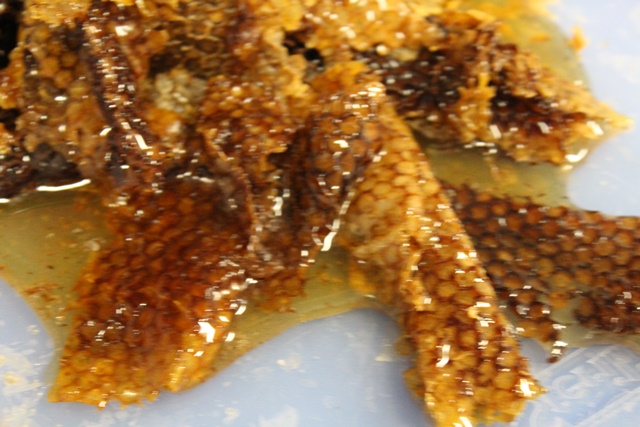
I’m busy selling the honey this week. It’s easy to sell because it’s raw, so local and sooooo good. However, I’m thinking about next year’s bees. I’m going to set up a new hive and paint the hive. Something like this. I found this on Pinterest but I do not know who to credit. At any rate, bees, with their keen eye for color, should enjoy having a pretty colorful house.
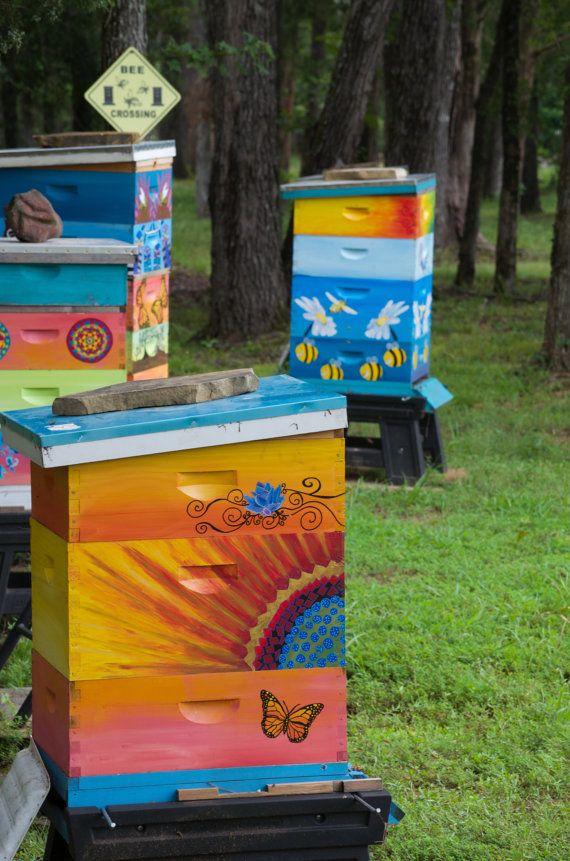
The thing about the internet is that it shows you what others are doing, it also is a little demoralizing. When I thought about painting the beehives, I thought “wow…bet no one has done that.” Stern reminder….DRAT…everyone has done everything!!
Well, honey, that’s enough for tonight.
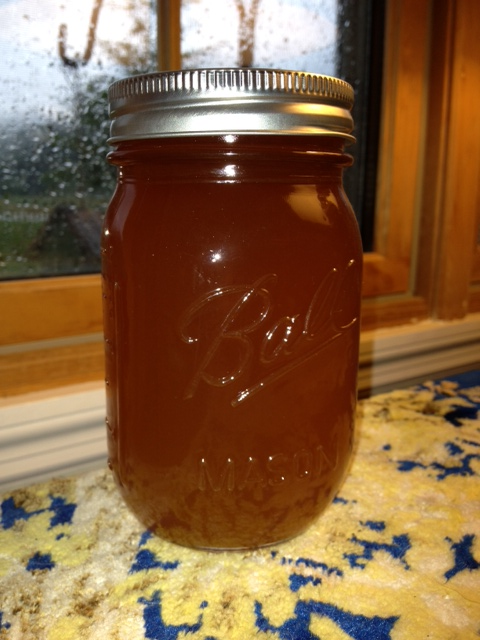
Honey
![]()
